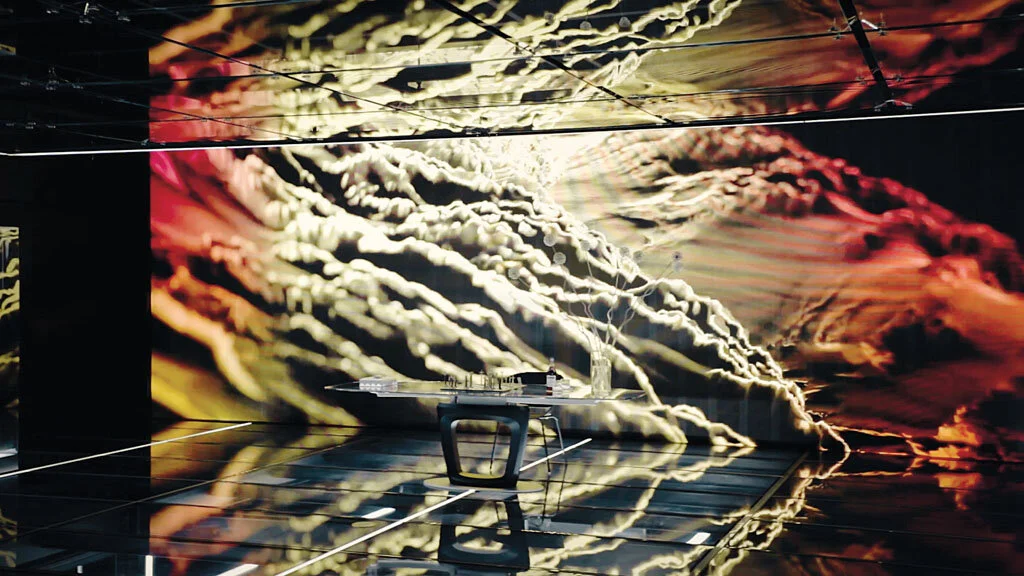Virtual Reality technology puts the user in a computer-generated environment, allowing them to interact with simulated elements via a headset. On the other hand, Augmented reality incorporates elements that are generated, be it visual, audio, or other sensory elements into the real world via technology. AR technology lets the user position his or her smartphone to a point in the physical world and bring it to life by adding virtual components via this technology.
Expanding our Live Streaming Future: Refining and Developing New Arts & Entertainment Experiences
Livestreaming has become a burgeoning global industry, recording eight billion hours of content watched in the last quarter of 2020 (May, 2021). This research projects examines the industry before the COVID-19 pandemic, how it evolved during the pandemic, and its future opportunities. From October to December 2020, over eight billion combined hours of content were watched as livestreams on the top three largest platforms, Twitch, YouTube, Facebook Live (May, 2021). Using data from industry leader interviews, a national survey, and case studies the team reveals the power and current technology limitations to livestreaming for the live entertainment industry.
2021 Top 10 Most-Read Articles
As we welcome 2022 for myriad reasons, be sure to catch up on what you missed in 2021 by reading out top 10 most read articles. Surprisingly (or not), while the last year continued to show interest in covid’s impact on technology and work, our readers were curious about a broad set of content — from NFTs to using technology to track dance. Which of these articles did you read, or miss?
The State of Trust: Consumers and Transparency in the Entertainment Industry
The business of trust is complicated. The topics of trust, authenticity, and transparency have emerged as what consumers expect from businesses today (MultiVu - PR Newswire, 2020). This study looks at the entertainment industry and how these topics are central to the relationship between media and entertainment companies and consumers. Findings reveal simple but pivotal changes businesses can make to succeed.
A Path for Greater Diversity in Film Festivals
Film festivals are an essential part of the movie industry, as they provide opportunities for creators to garner recognition and to secure distribution for their films. However, there is a lack of racial representation and inclusion in the entertainment industry that prevents filmmakers of color from having the same opportunities as their White counterparts.
This study analyzes the current state of diversity and inclusion of Black, Indigenous, (and) People of Color within film festivals in Europe, the United States, and Canada. Assumptions behind the research are that with meaningful change implemented to increase racial diversity in festivals’ programming staff there will be a selection of more diverse film directors. This report consists of parts:
Interviews focused on filmmakers and film festival programmers. These are used to reveal common trends from personal experiences regarding diversity within film festivals
Analysis of a survey of film festival attendees conducted to understand their perceptions of diversity and inclusion in festivals’ lineup and programming staff
Streaming Service Algorithms are Biased, Directly Affecting Content Development
Despite the Covid-19 pandemic, 2020 was a big year for the entertainment industry. Many entertainment corporations reevaluated their approach to content distribution and accessibility for viewers. It is increasingly clear that streaming services will continue to exert evolutionary change on the entertainment industry. Regardless of the questions and problems posed about the algorithms used by streaming services, Netflix and other dominant platforms will continue to use them – and continue to work on optimizing the algorithm to eliminate at least the most egregious biases. It is up to the industry to hold itself accountable and ensure that the sanctity of the art of TV and film over the algorithm-based entertainment world.
How Video Games Can Serve as an Engagement Experience
The expansion of technology has enabled a wide array artistic growth in innumerable forms - often taking a life or genre of its own. One artistic form that has dominated the market since technology has become common in society is video games. The materials below serve as introductory infographics for arts organizations, detailing core considerations and a streamlined video game planning process. Additionally, it lists common employees needed to conduct video game production, common engines and coding languages used and their learning difficulty levels, so that arts organizations can jumpstart their gaming creations of their already-mastered craft.
How Streaming Services Use Algorithms
The Streaming Wars in 2021: Netflix, HBO Max, and Disney+
Streaming services have won the battle over the box, and now the streaming war is in full gear. Netflix, HBO Max, and Disney+ have taken differing approaches to capturing a competitive advantage to be the top streaming service users turn to. Read about where they stand in this research by Helen Hejran.
The Four Technologies Used in Virtual Production
The visual effects (VFX) industry has come a long way in the past 30 years. Studios have discovered the importance of better production pipelines that create a more collaborative environment between directors, gaffers, and artists. This article will analyze four technologies that are used in virtual production, discussing how they work, who is implementing them in their productions, and how they will disrupt the industry.















